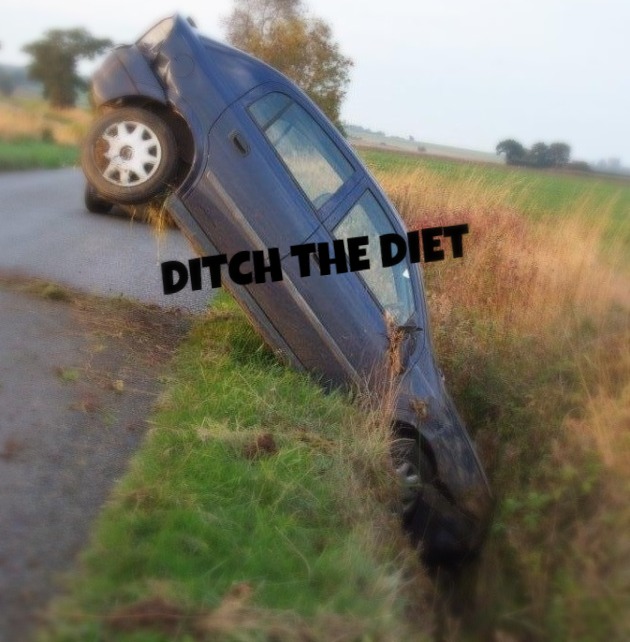Ditch Dieting
share to:

Imagine going to the doctor one day with a simple fractured bone. The doctor tells you, “Well, it looks like that bone is broken, but it’s not really that important that we fix it. Instead, I can suit you up for an exoskeleton! Sure, you won’t be able to run, and dance, and jump, and play sports like you used to, but it’ll get you through the basics. You can walk, you can sit, you can stand, and you can lie down. Oh, and I hope you don’t get too claustrophobic, because you’ll need to keep it on for the rest of your life. Don’t worry, bones aren’t really that important anyway.”
Sounds crazy, right? Who would want to limit themselves to a life inside an exoskeleton, when they can heal their bones instead?
Living in such a restrained and unnatural way, however, is a common reality for many chronic dieters who follow rigid food rules. Just like an exoskeleton, rigid food rules create artificial boundaries that go against our natural physiology and limit our enjoyment of life. Anyone living inside a rigid exoskeleton would want to crawl out and chuck it out the window, so it’s no wonder people throw out diets time and time again.
Unfortunately, it often seems that the only solution to unbalanced or even chaotic eating is a strict and rigid diet. This is because our “nutrition bones” – our natural and innate hunger cues, fullness cues, and satiety cues – often get ignored or labeled “unimportant”. However, that could not be further from the truth. In actuality, these cues provide the foundation for meeting our exact nutritional needs, which change from day to day depending upon our activity levels, stress levels, hormones, and even time of the month. No diet could even come close to being that sophisticated!
The problem with jumping in and using our nutrition cues to guide our eating, however, is that when they are not used or relied upon in a regular fashion, they tend to weaken over time. Just as our bones need regular activity to stay strong, our “nutrition bones” also need to be exercised and strengthened in order to be accurate and useful to us. A culture which emphasizes diet-based approaches to eating tends to lead to people who have weakened nutrition cues, so don’t feel bad if you feel you need to strengthen yours again. With time and the right training plan, you can go back to relying on your innate nutrition knowledge and the freedom it provides, all while chucking out your old diety exoskeletons!
Strengthening up nutrition cues can take an individualized approach depending upon what your own needs are. The typical process, though, includes setting up a meal plan with a knowledgeable dietitian to “reset” and get reacquainted with your body’s normal physiology. After this initial “reset” period (think of it as a cast in our old nutrition bones/exoskeleton analogy) people are then introduced to a practice called “intuitive eating”. This practice essentially guides you to a new, neutral, and freeing way to look at food that can permanently take you off of the restrict/overeat cycle so common to chronic dieters.